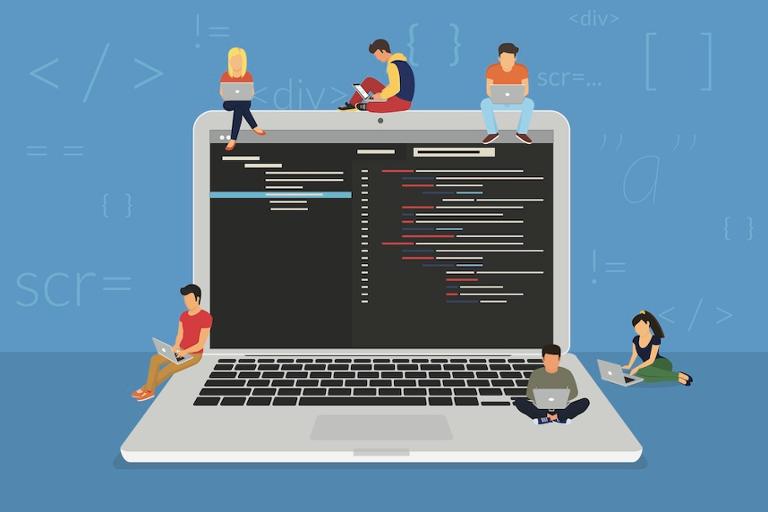Which programming languages do developers love the most? That’s a question Stack Overflow asks every year in its wide-ranging developer survey. For 2020’s edition, Rust topped the list yet again.
Some 86.1 percent of surveyed developers said that Rust was a language they loved, followed by TypeScript (67.1 percent), Python (66.7 percent), Kotlin (62.9 percent), and Go (62.3 percent). “Rust promises performance, control, memory safety, and fearless concurrency—an enticing combination, especially for systems programming,” read a note accompanying the data. “It has also brought some interesting features—like affine types and hygienic macros—into the mainstream discourse.”
Meanwhile, TypeScript has surged in popularity since last year’s survey, surpassing Python, which usually dominates most programming-language rankings. “TypeScript’s surge in popularity highlights Microsoft’s change of direction and embrace of the open source movement,” the note added. “As front-end web and Node.JS codebases grow in size and complexity, adopting TypeScript’s static typing gives developers increased confidence in their code’s correctness.”
Here’s Stack Overflow’s full breakdown of the most-loved languages (which it defines as “percentage of developers who are developing with the language or technology and have expressed interest in continuing to develop with it”). Developers could select more than one language, which is why the percentages add up to far more than 100 percent:
As part of its annual survey, Stack Overflow also includes a list of the “most dreaded” programming languages, inevitably topped older (and often well-used) languages, such as Objective-C, that developers really want to stop using. Here’s that breakdown (defined as “percentage of developers who are developing with the language or technology but have not expressed interest in continuing to do so”):
Next, Stack Overflow breaks down the languages that developers most want to use but haven’t started yet. This list is radically different from the most-loved and most-dreaded lists, which are composed of languages that developers already utilize in the course of software development. As you can see, Python tops this particular list, followed by JavaScript and Go:
What conclusions can we draw from this data? Python and JavaScript are widely used languages—it wouldn’t be a stretch to call them ubiquitous—and their presence at the top of the “most wanted” list suggests that technologists realize knowing these languages can unlock all kinds of opportunities. In a similar fashion, the presence of up-and-comers such as Go and Kotlin hints that developers suspect these languages could become big in coming years, and they want to learn them now.
If you want to learn Python, start by swinging past Python.org, which offers tons of documentation, including a useful beginner’s guide to programming in it. From there, you can jump to tutorials on writing faster code (via Functions, Lists, and more), debugging, and other more advanced skills. If you’re the kind who likes to learn via videos, check out Microsoft’s video series, “Python for Beginners,” with 44 short videos (recent additions include “More Python for Beginners” and “Even More Python for Beginners: Data Tools.”)
And if you want to learn Rust (and find out why it topped the “most loved” languages), rust-lang.org offers lots of handy documentation. There are also some handy (free) tutorials available via Medium.



